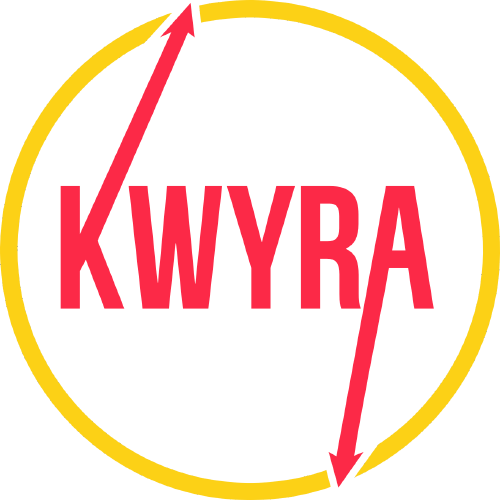Generally, a higher receivables turnover ratio indicates that the receivables are highly liquid and are being collected promptly. A low turnover ratio may also be caused by the entity’s own inabilities, like following an inappropriate credit policy or having http://tgspa.ru/info/en/faculties/fiya/ defects in its collection process etc. The accounts receivable turnover ratio, or “receivables turnover”, measures the efficiency at which a company can collect its outstanding receivables from customers. A low turnover ratio suggests that your business is taking longer to collect payments from customers. It’s important to investigate the reasons for a low ratio and take steps to improve your collection efficiency. Your AR turnover ratio measures your company’s ability to issue credit to customers and collect funds on time.
Why you should track accounts receivable turnover
In other words, this company is collecting is money from customers every six months. Due to declining cash sales, John, the CEO, decides to extend credit sales to all his customers. In the fiscal year ended December 31, 2017, there were $100,000 gross credit sales and returns of $10,000. Starting and ending accounts receivable for the year were $10,000 and $15,000, respectively. John wants to know how many times his http://tgspa.ru/info/education/editions/2.php.html company collects its average accounts receivable over the year.
Example of the Accounts Receivable Turnover Ratio
- To calculate net credit sales, a business takes its gross credit sales (the volume of all sales incurring an accounts receivable balance) and subtracts customer returns or discounts.
- However, more advanced calculation techniques can offer an even deeper understanding of your AR trends.
- My Accounting Course is a world-class educational resource developed by experts to simplify accounting, finance, & investment analysis topics, so students and professionals can learn and propel their careers.
- Generally, the higher the accounts receivable turnover ratio, the more efficient a company is at collecting cash payments for purchases made on credit.
- Unless all outstanding costs are owed upfront (ex., a cash sale at a grocery store or clothing store), a business is essentially loaning customers the funds owed until it’s time to collect.
If Trinity Bikes Shop maintains a policy for payments made on credit, such as a 30-day policy, the receivable turnover in days calculated above would indicate that the average customer makes late payments. While the receivables turnover ratio can help companies conduct internal comparisons to previous periods, it may be difficult to compare ratios across the industry. This ratio is the average number of times your company collects accounts receivable throughout the year. The reason net credit sales are used instead of net sales is that cash sales don’t create receivables.
What is the Accounts Receivable Turnover Ratio?
Average receivables is calculated by adding the beginning and ending receivables for the year and dividing by two. In denominator part of the formula, the average receivables are equal to opening receivables balance plus closing receivables balance divided by two. If the opening balance is not given in the question, the https://www.sribno.com/economy/aaa/puteshestvie-s-palatkoy-chto-vzyat-s-sob/ closing balance should be used as denominator. Now for the final step, the net credit sales can be divided by the average accounts receivable to determine your company’s accounts receivable turnover. To calculate the ratio, you’ll need to know the balance of your average accounts receivable.
Streamlining your collection process
When a company’s receivables turnover ratio is low, this indicates they have an issue with collecting outstanding customer credit and converting it into cash. The lower the ratio, the less frequently the company is collecting payments, indicating a potential cash flow problem. A low ratio could also be an indication that there’s a problem with production or product delivery—if customers aren’t receiving their products on time, they aren’t going to pay on time either.
In effect, the amount of real cash on hand is reduced, meaning there is less cash available to the company for reinvesting into operations and spending on future growth. To learn more and expand your career, explore the additional relevant resources below. For our illustrative example, let’s say that you own a company with the following financials. We’ll now move to a modeling exercise, which you can access by filling out the form below. Take your learning and productivity to the next level with our Premium Templates.
How the Receivables Turnover Ratio Correlates with Cash Flow
Since sales returns and sales allowances are outflows of cash, both are subtracted from total credit sales. Low A/R turnover stems from inefficient collection methods, such as lenient credit policies and the absence of strict reviews of the creditworthiness of customers. Net credit sales are calculated as the total credit sales adjusted for any returns or allowances. CFI is the global institution behind the financial modeling and valuation analyst FMVA® Designation.
Managers should continuously track their entity’s receivables turnover ratio on a trend line to observe the gradual ups and downs in turnover performance. The accounts receivables turnover metric is most practical when compared to a company’s nearest competitors in order to determine if the company is on par with the industry average or not. Depending on the company’s accounting software, this information may be automatically calculated and presented—sometimes on a daily basis. It will be important to ensure the only data included in the ratio coincides with a specific time period (such as one month or quarter). For example, if Joe’s Bakery made $50,000 in gross credit sales during one month and received $1,000 in returns (even if some of those returns happened in the following month). First, you’ll need to find your net credit sales or all the sales customers made on credit.



